Parque de la Memoria






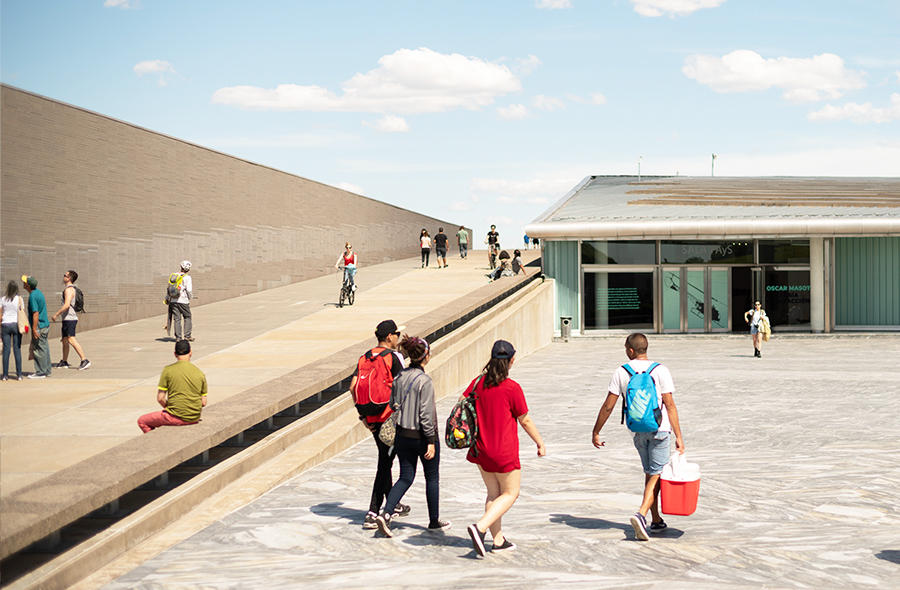
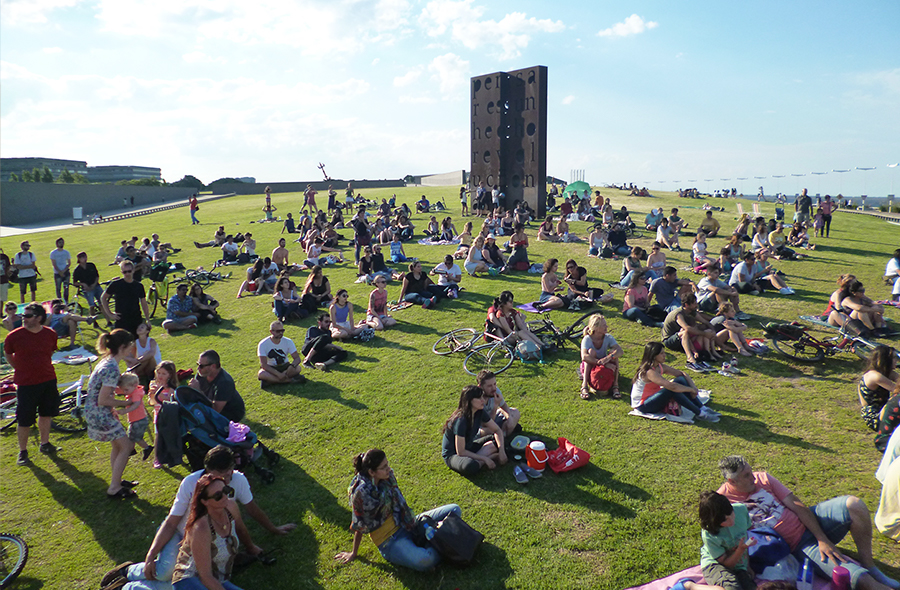
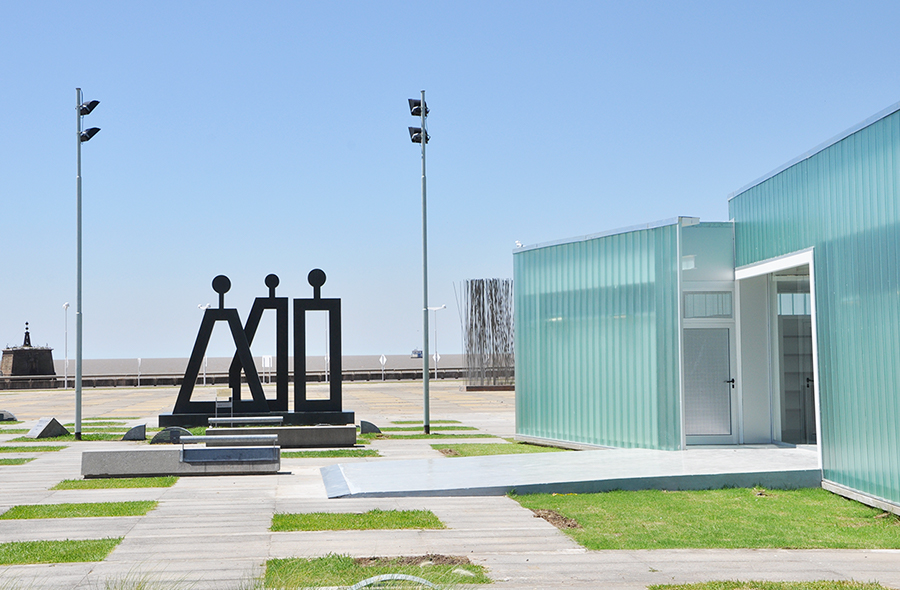
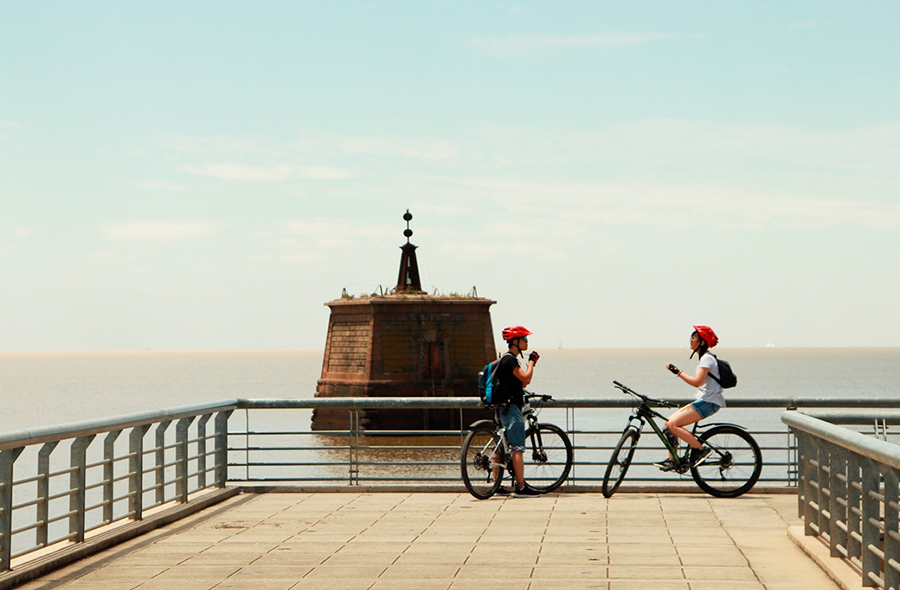
Remembrance, homage, testimony and reflection
The Parque de la Memoria – Monument to the Victims of State Terrorism is a public space that extends over fourteen acres, located along the coastline of the Río de La Plata river in Buenos Aires City. Erected as a place of memory, it combines the force of a monument with the engraved names of the disappeared and murdered persons by the State’s repression, and the critical approach elicited by a work of contemporary art and direct visual contact with the river, silent witness to the fate of many of the victims.
Created in 1998 after the enactment of Law No. 46 by the Legislature of the city of Buenos Aires, the project was an unprecedented experience in collaboration: human rights organizations, the University of Buenos Aires and the Executive and Legislative Powers of the city worked jointly to make this space possible. Today, the Park is home to the Monument to the Victims of State Terrorism, a Public Art Program and the PAyS Gallery.
This place of memory does not pretend to heal wounds or replace truth and justice, but rather to become a place of remembrance, homage, testimony and reflection. Its objective is for current and future generations that visit the site to become aware of the horror perpetrated by the State and the need to ensure that similar acts will NEVER AGAIN occur.
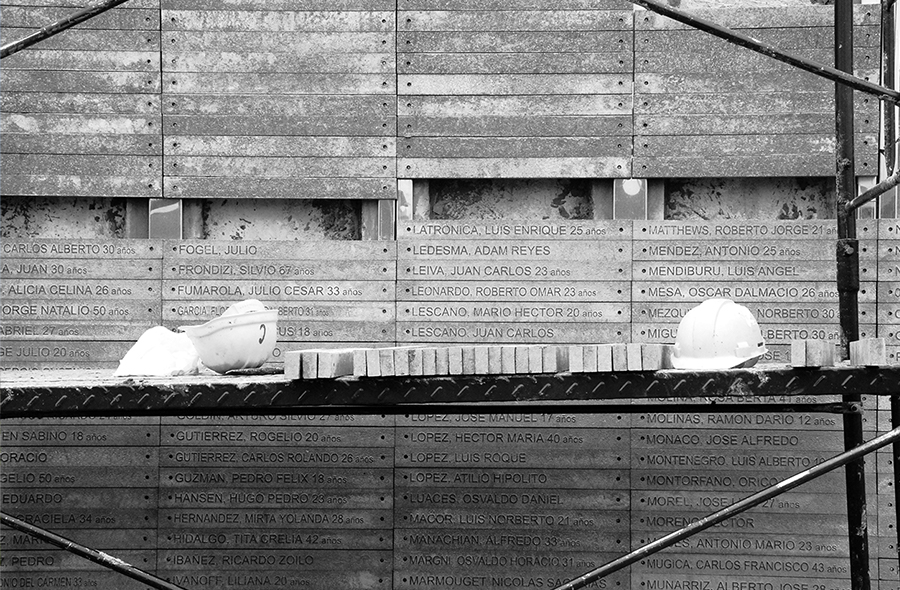
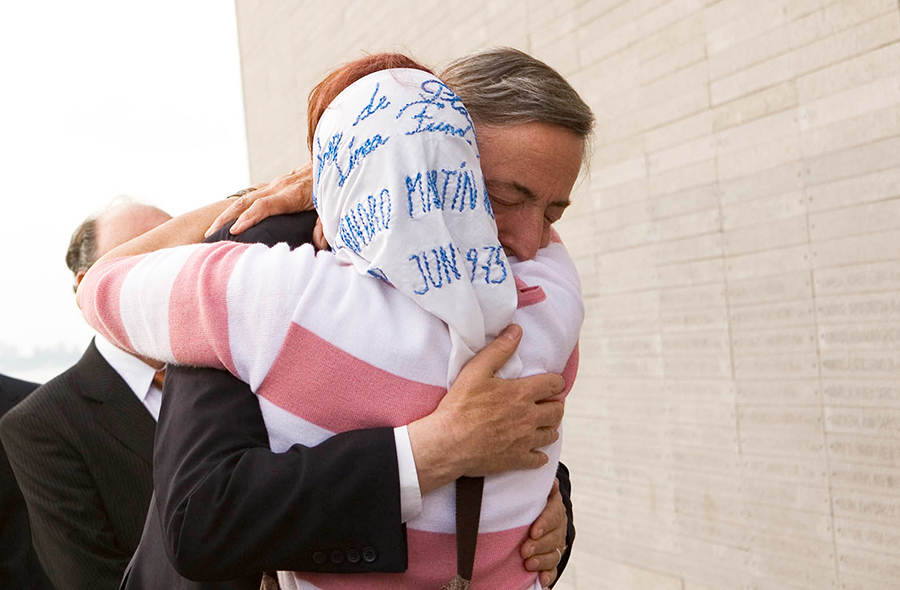
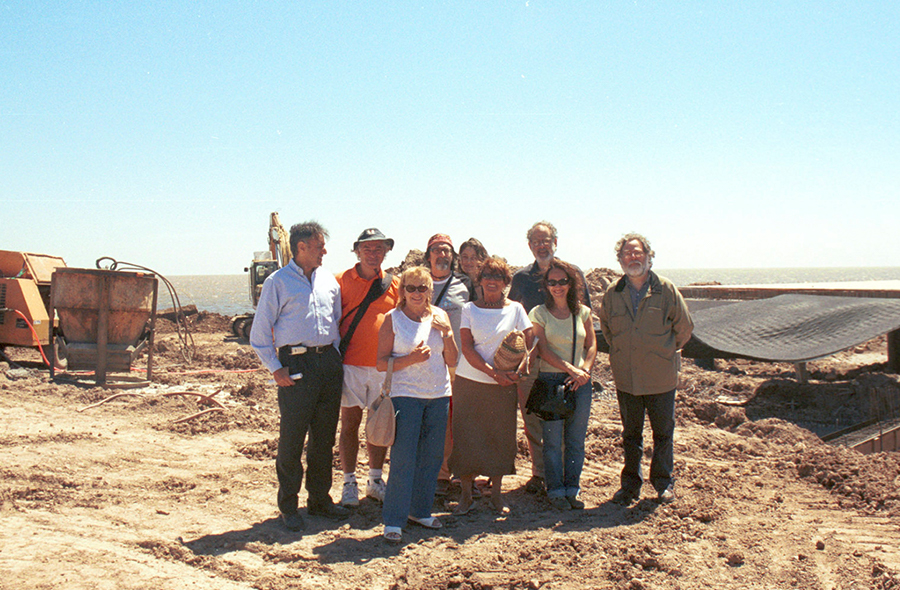
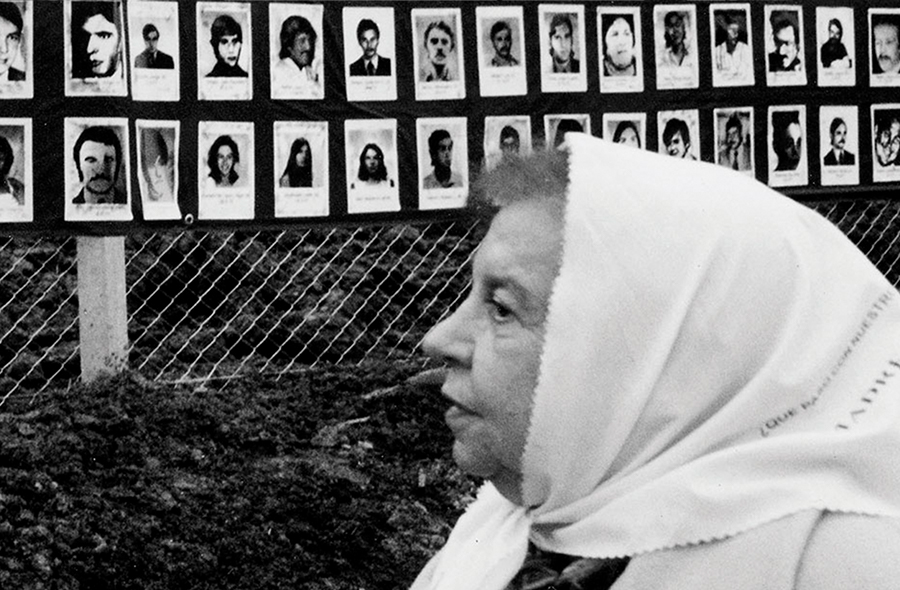
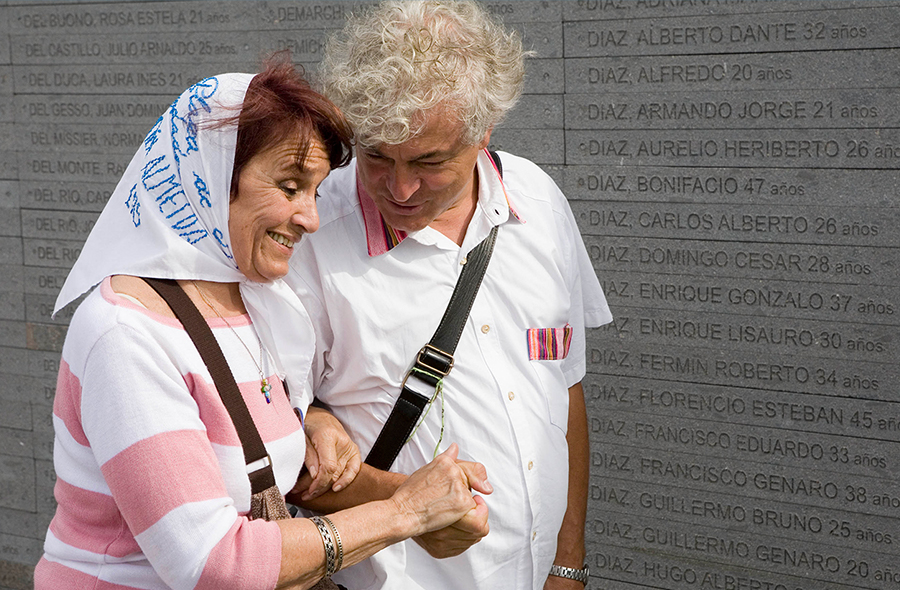
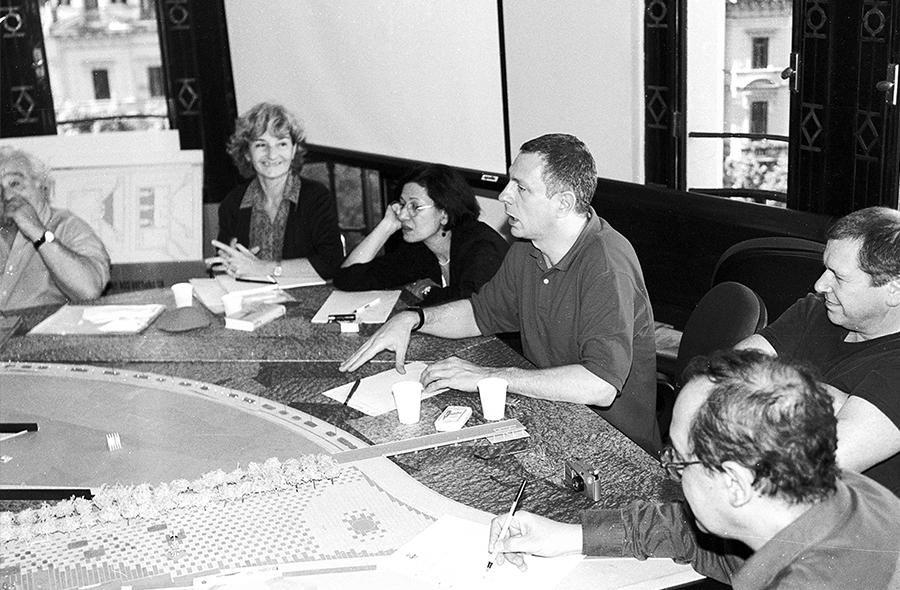






A project not to be forgotten
Human rights organizations emerging from the acts of state terrorism that occurred during the last dictatorship agreed to promote a project to create a place of remembrance and homage: a park of memory that would contain a monument bearing the names of those who disappeared and were murdered at the hands of State terrorism.
The initiative was submitted to the Legislature of the city of Buenos Aires on December 10, 1997 and became Law No. 46 on July 21, 1998.
The administrative project was conceived through a unique and pioneering model of mixed management: the pro-Monument Commission, comprising representatives of ten human rights organizations, eleven legislators, four City Government officials from the areas involved in the project (Human Rights, Culture, Education and Public Space and the Environment), and one representative of the University of Buenos Aires. This commission was in charge of organizing the public tenders to design the architectural and sculptural space and also responsible for defining memory policies.
The enactment of Law No. 3.078 of 2009 provided the Parque de la Memoria with a permanent legal and administrative framework; the pro-Monument Commission was replaced by the Management Board, comprising members of human rights organizations, the University of Buenos Aires and the City Government.
The inauguration ceremony of the Entrance Plaza was held on August 30, 2001, coinciding with the International Day of the Disappeared and Detained.
The Monument to the Victims of State Terrorism was inaugurated on November 7, 2007, in the presence of both national and city authorities, and representatives of human rights organizations.
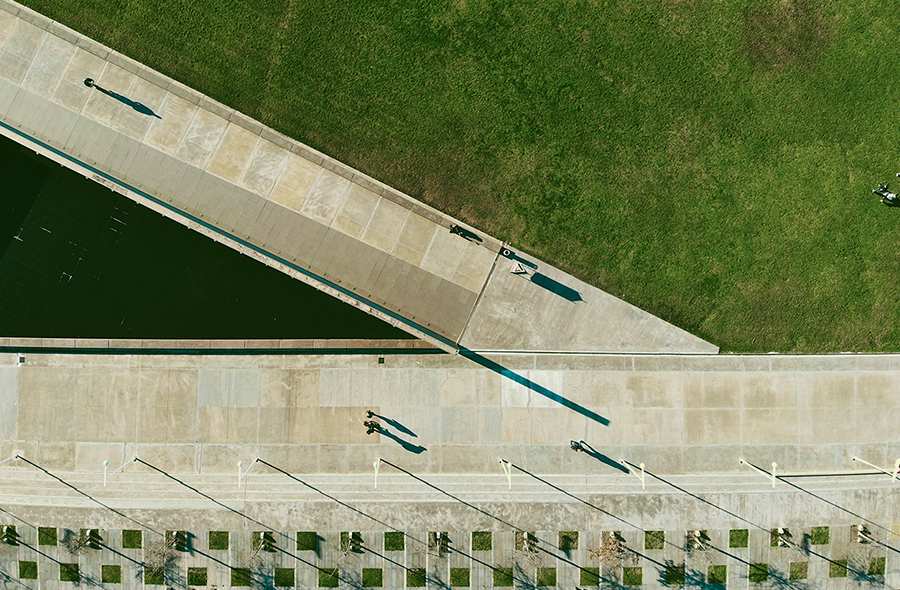
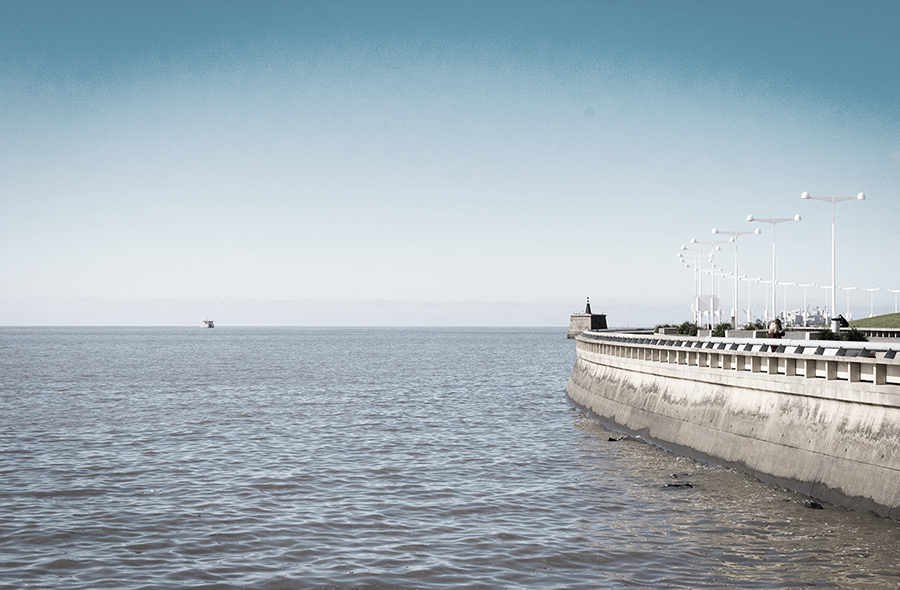
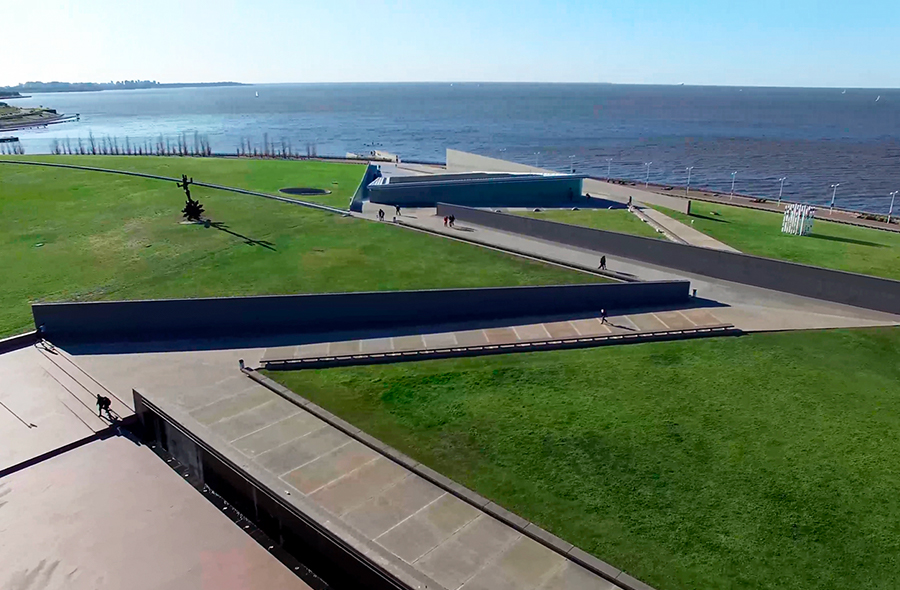
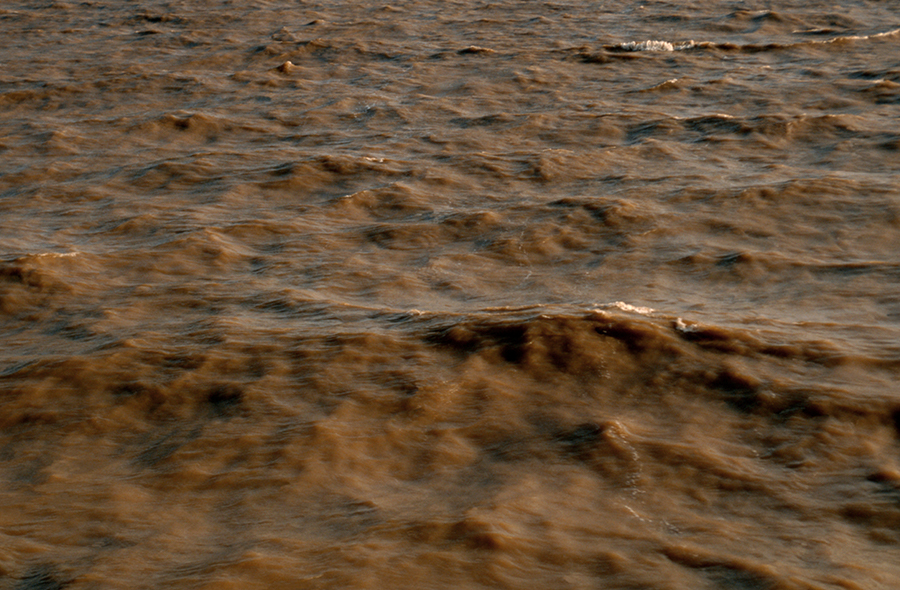




An open wound
The architectural and landscape design of the Parque de la Memoria emerged from the National Contest of Ideas carried out in 1998 and promoted by the School of Architecture, University of Buenos Aires; the winning proposal was that of the Baudizzone, Lestard, Varas, Ferrari and Becker Architectural Firm.
The design is respectful of the environment and with its infrastructure and recreational use, the interventions search for a balance between the natural landscape and the presence of the city.
The Monument to the Victims of State Terrorism was designed as a cut, an open wound in a grass hill devoid of other elements. The intervention on the landscape and the tracing evoke, on the one hand, the effort that is necessary to build a more just society, and on the other, the wound caused by the violence perpetrated by the State. The choice of location also has a deep meaning in line with the facts that are to be remembered.
Alberto Varas, Arquitect
Stories of a Project not to Forget
_
The interviewees narrate their experiences in relation to the process of creating this memory space.
They are the ones who tell from their role as unwavering fighters in the search for Memory, Truth and Justice, what is the meaning of this place.

